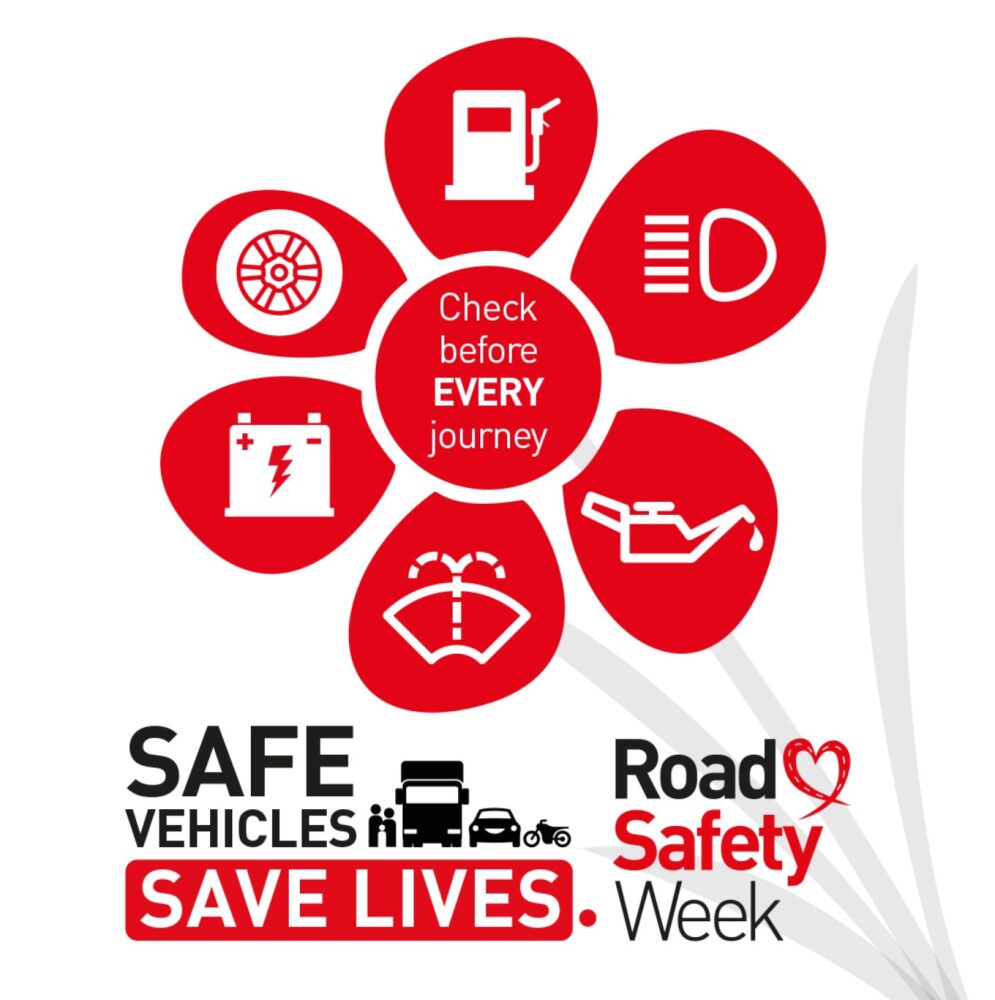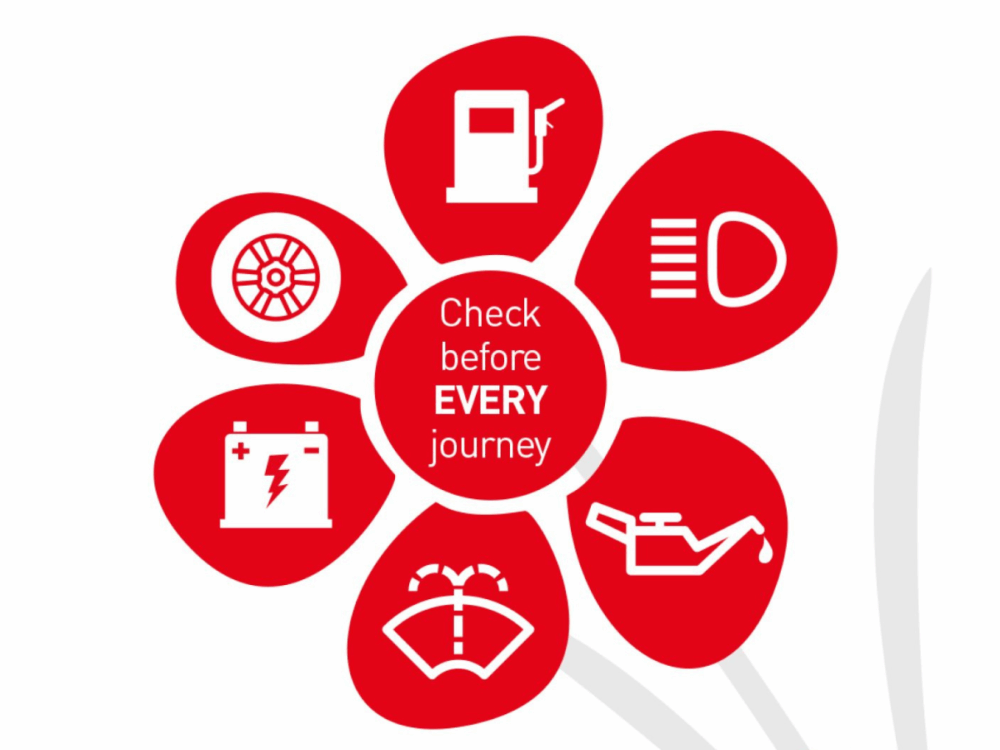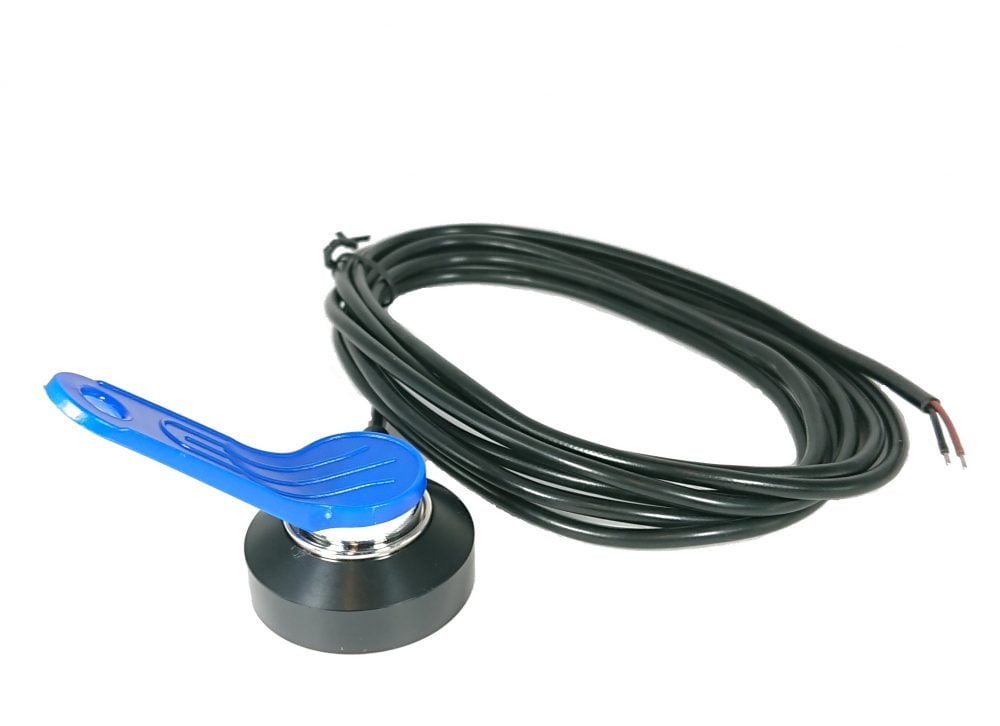Road Safety Week 2025 is taking place from 16–22 November, and this year’s theme from the road safety charity Brake focuses on Safe Vehicles. We whole-heartedly support this important initiative, and want to help raise awareness of how safe vehicles and responsible driving can save lives on our roads.
This year, Brake, the road safety charity, is:
- Helping people understand why it’s important to ensure a vehicle is roadworthy before every journey, and how to carry out regular checks.
- Helping organisations that employ people who drive for work to understand the importance of buying and leasing the safest vehicles and carrying out essential safety checks before every journey.
- Talking about how the latest vehicle safety technology can make us all safer.
- Encouraging children and young people to learn about safe vehicles and design the vehicles of the future.
- Sharing stories of people whose lives have been devastated by road crashes, to help others understand the real impact of unsafe roads.
- Showcasing Brake’s National Road Victim Service, which provides expert emotional and practical support to families affected by road crashes.
Why Safe Vehicles Matter
Every vehicle on the road should prevent crashes, protect people, and manage safety for those inside and outside the vehicle. Modern vehicle technology and good maintenance practices have the power to do just that:
- Select the safest vehicles – Buying and leasing vehicles with high crash-test ratings and the latest protective technology, helps safeguard everyone on the road.
- Prevent crashes – Automated driver assistance systems can help vehicles stay in their lanes, detect hazards, and apply emergency braking when needed.
- Protect people – Features such as airbags, seatbelts, and energy-absorbing materials protect drivers, passengers, and pedestrians in the event of a crash.
- Ensure roadworthiness – Regular vehicle checks and proper maintenance keep vehicles safe and reliable.
- Manage driver safety – Advanced safety systems can detect fatigue, distraction, or risky driving habits and alert managers before a risk becomes a tragedy.
- Record and respond – Fleet tracking devices and dashcams capture what happens in a crash, helping resolve incidents faster.
Brake’s Safe Vehicles campaign reminds us that technology alone isn’t enough. Drivers and organisations must ensure that essential safety features are utilised, vehicles are regularly inspected, and fleets are managed responsibly.
FLOWER Vehicle Safety Checks
The FLOWER checks infographic from Brake highlights a simple yet powerful routine that any driver can follow to make sure their vehicle is safe and roadworthy before every journey.
- F – Fuel: Ensure you have enough fuel for your journey to avoid running out in dangerous situations, such as on motorways or in remote areas. Plan fuel stops to reduce stress and distractions while driving.
- L – Lights: Check that all your lights (headlights, brake lights, and indicators) work properly so you can see and be seen. This is vital for night-time driving, poor weather, and warning other road users of your actions.
- O – Oil: Check oil levels (when the engine is cold) to protect the engine from wear and overheating. Running with low oil can lead to engine failure or sudden breakdowns, which could cause hazardous situations on the road.
- W – Water: Ensure there’s enough coolant, lubricant, and washer fluid to keep the engine from overheating and keep your windscreen clean, so you can spot hazards easily.
- E – Electrics: Make sure the battery is secure and working correctly to prevent electrical faults that could affect lights, safety systems, and engine start-up. A reliable electrical system supports essential features like stability control and sensors.
- R – Rubber: Check tyre pressure, tread depth, and for any signs of damage to ensure your vehicle grips the road properly. Well-maintained tyres improve braking distances, fuel efficiency, and handling, especially in wet or icy conditions.

By taking just a few minutes to perform these F-L-O-W-E-R checks, drivers can catch potential problems before they become serious risks. Regular checks help keep vehicles roadworthy and contribute to safer roads for everyone.
How You Can Take Part in Road Safety Week
Whether you manage a fleet or drive for work, there are many ways to get involved in Road Safety Week:
- Share Brake’s resources and safety messages with your team or on social media.
- Carry out vehicle safety checks and encourage your drivers to do the same before every journey.
- Review your vehicle purchasing and leasing policies to ensure safety features are prioritised.
- Join in with Brake’s activities throughout Road Safety Week 2025.
You can find a full range of materials and ideas on how to get involved on the Brake website: Road Safety Week Resources.
If you’re looking for a comprehensive vehicle safety inspections app for your company drivers that integrates with your fleet tracking system, see Quartix Check.





